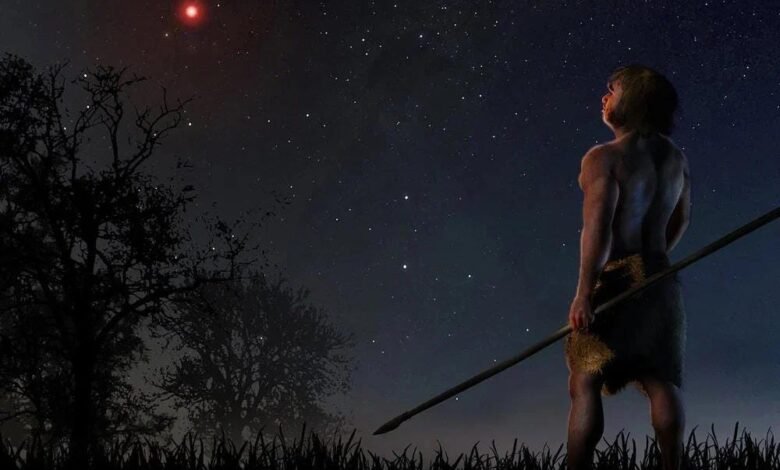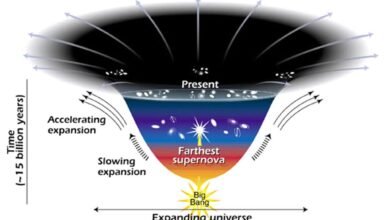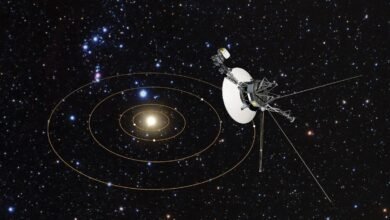What was it like when humans first arose on planet Earth? | by Ethan Siegel | Starts With A Bang! | Apr, 2024

Despite billions of years of life on Earth, humans first arose only ~300,000 years ago. It took all that time to make our arrival possible.
It’s hard to imagine given how abundant and macroscopic life on Earth is today, but for nearly all of Earth’s history — upwards of three billion years and likely closer to four — there were no organisms more complex than a single-celled life form on our world. It wasn’t until the Earth itself was nearly four billion years old that the advent of large plants and animals finally occurred. Complexity exploded around that time, as the combination of multicellularity, sexual reproduction, and other genetic advances brought about the Cambrian explosion. Many evolutionary changes occurred over the next 500 million years, with extinction events and selection pressures paving the way for new forms of life to arise, develop, and occupy ecological niches that suddenly became vacant.
And then, around 65 million years ago, an epic event catapulted a class of small, largely scavenger animals — the mammals — into a prominent role they had never occupied before. As a catastrophic asteroid strike occurred, it wiped out not only the dinosaurs, but practically every animal weighing over 25 kg (excepting leatherback sea turtles and some crocodiles). This was Earth’s most recent great mass extinction, and left a large number of niches unfilled in its wake. Mammals rose to prominence on land in the aftermath of this event, leading to the first humans, which arose fewer than 1 million years ago. Here’s our story.
Our Solar System is and has always been a chaotic place, with objects such as asteroids, Kuiper belt objects, and Oort cloud objects constantly getting gravitationally perturbed by the planets and other objects in their vicinities. The extinction event that occurred at the end of the Cretaceous period was triggered by a massive asteroid strike, as an asteroid somewhere between 5 and 10 kilometers in diameter collided with Earth. The impact kicked up a layer of dust that settled all over the…
Source link




